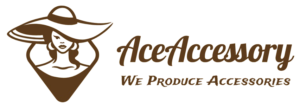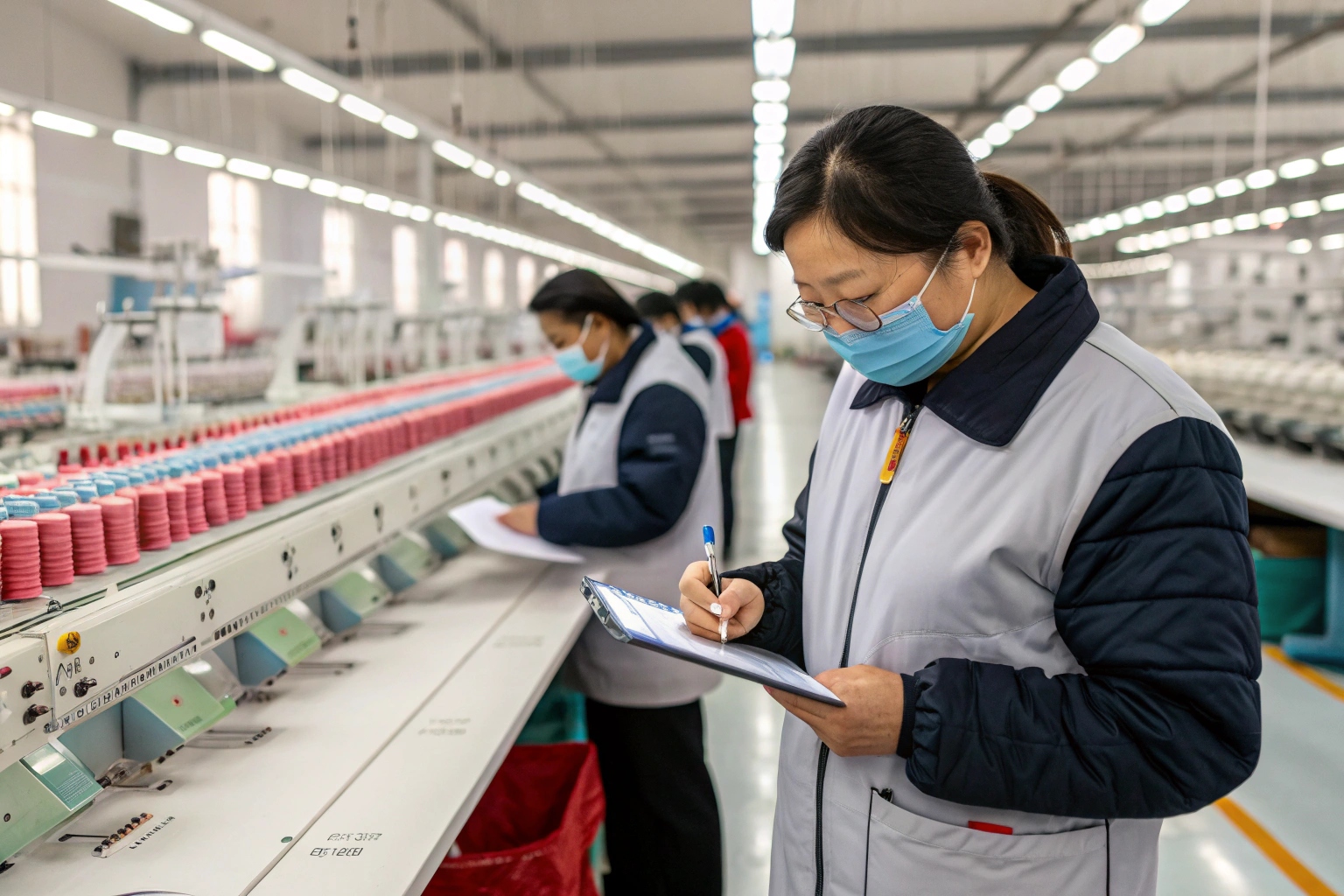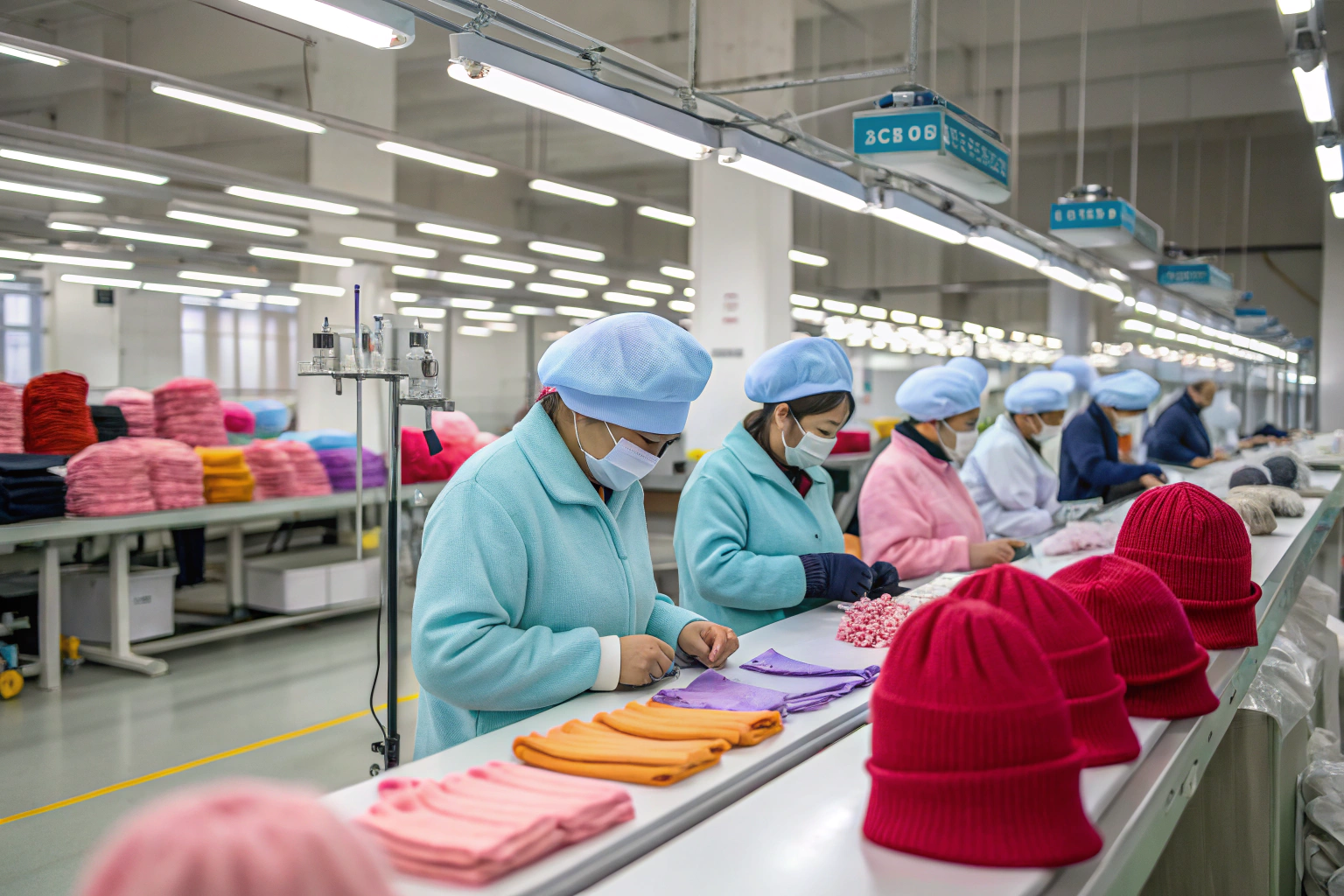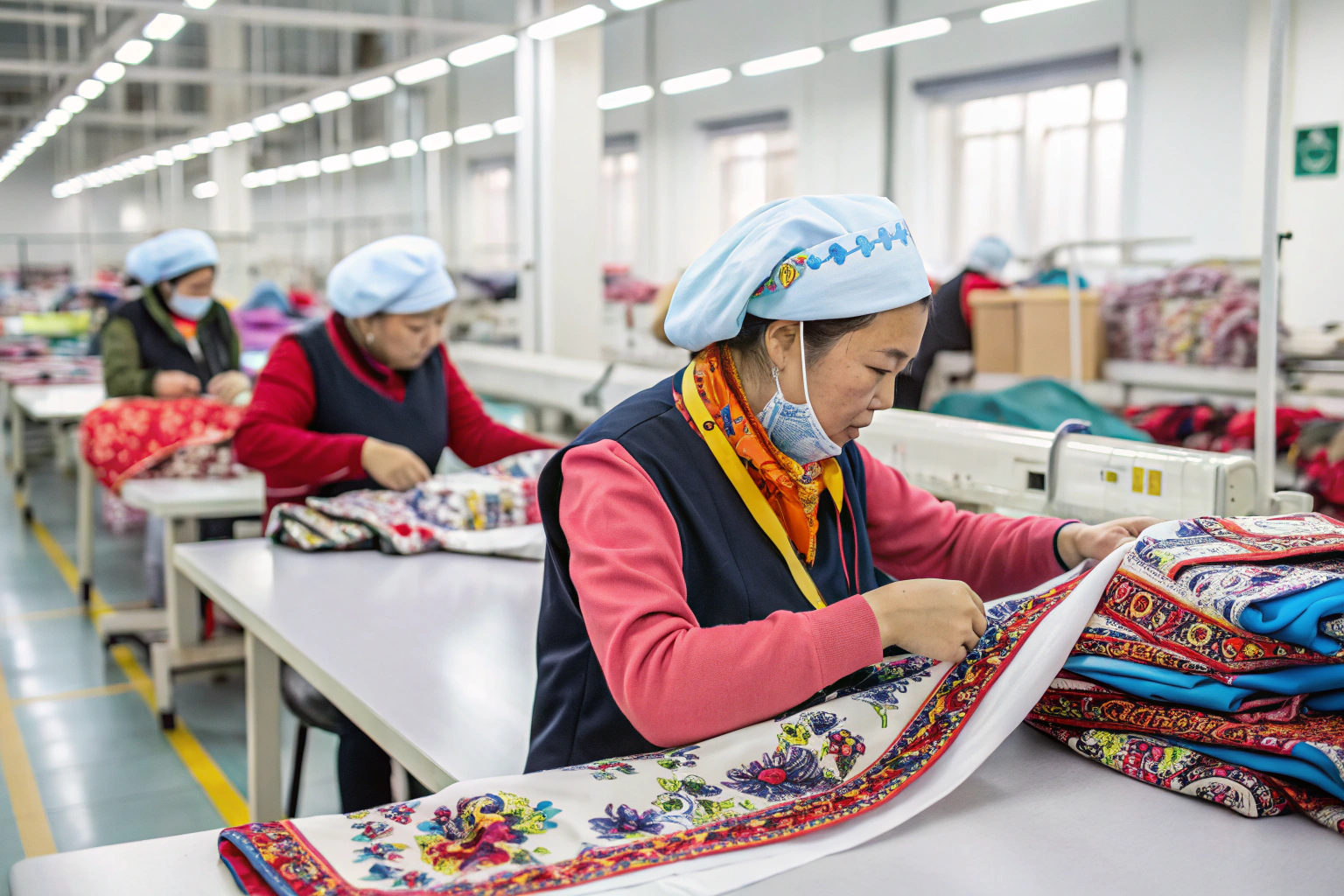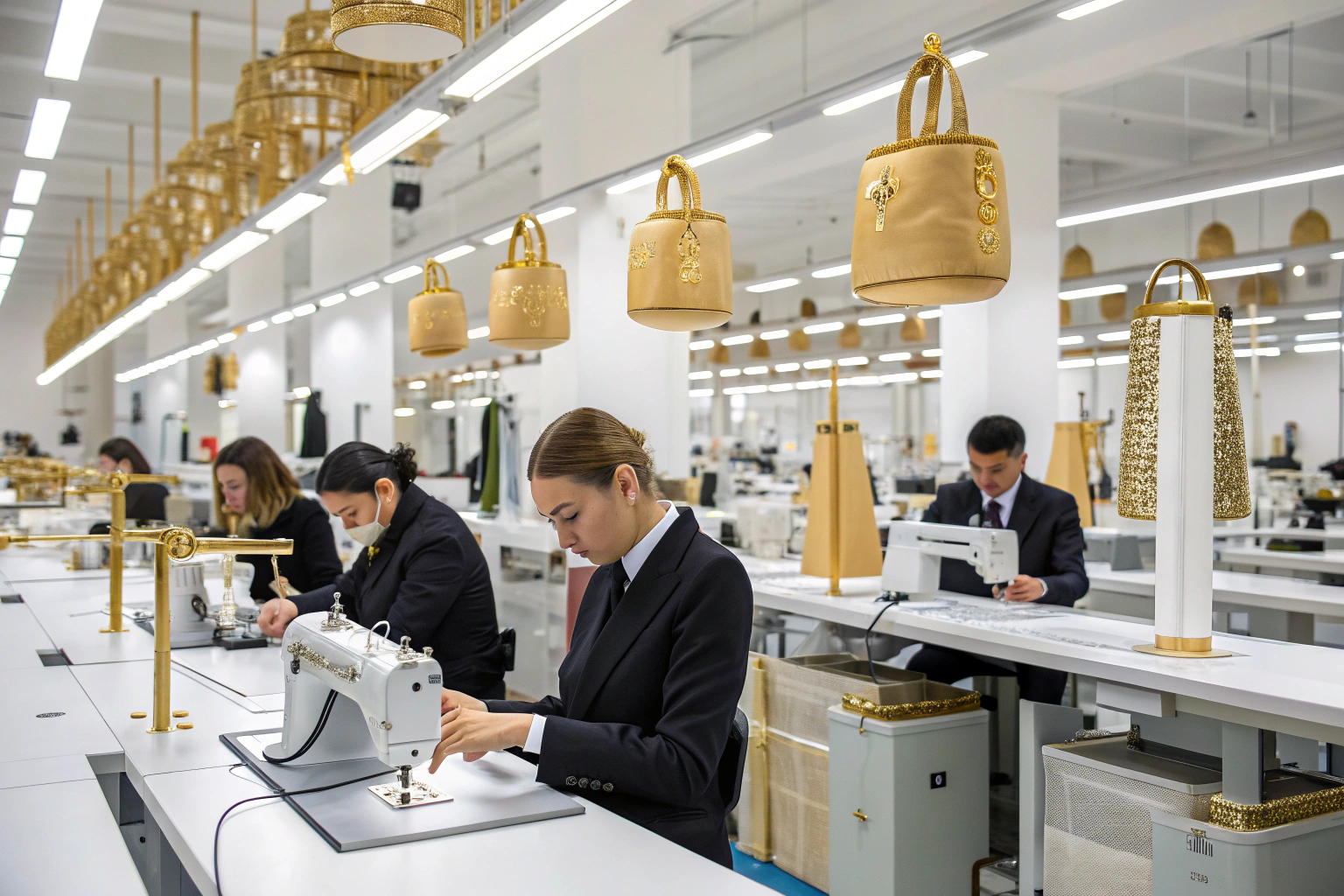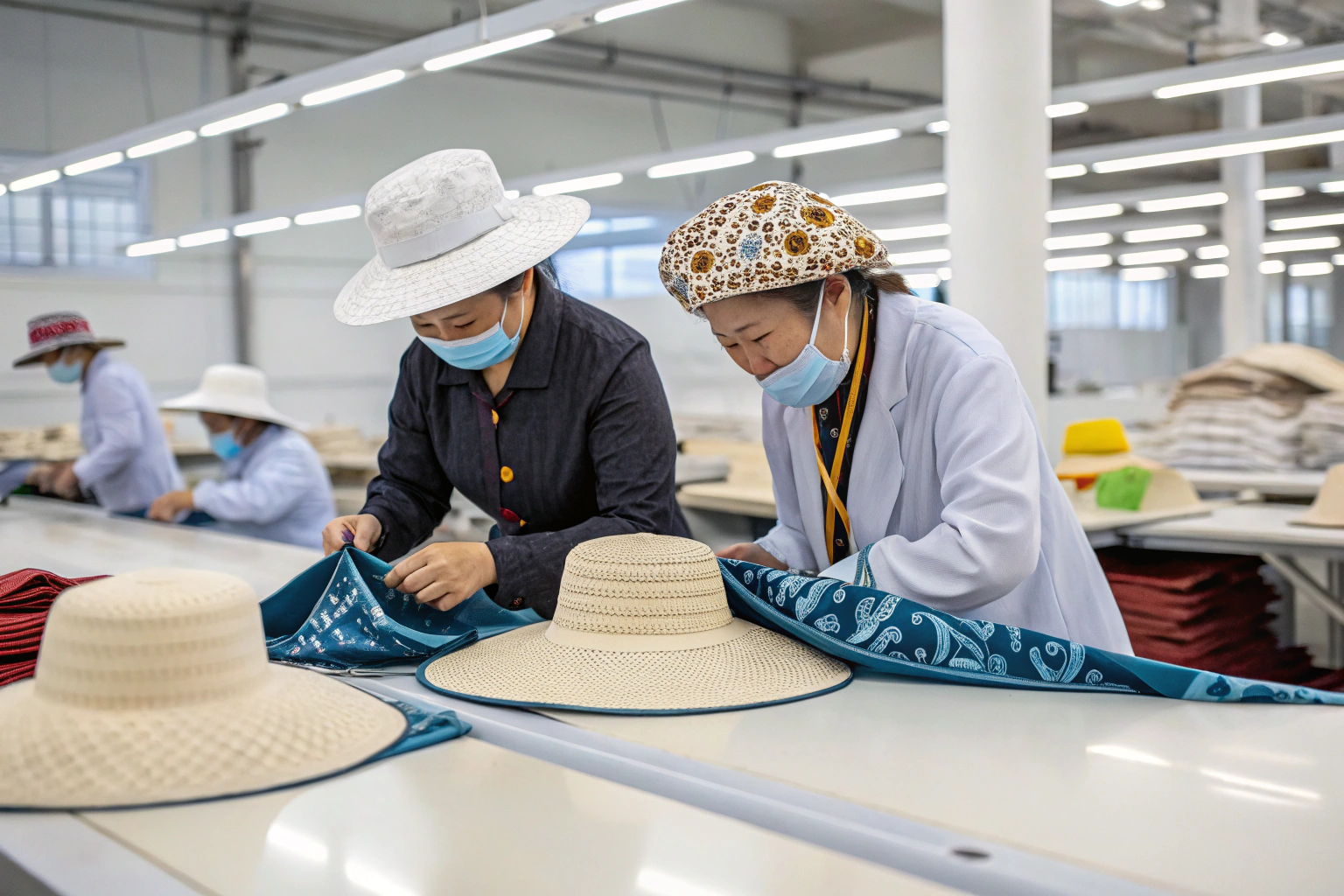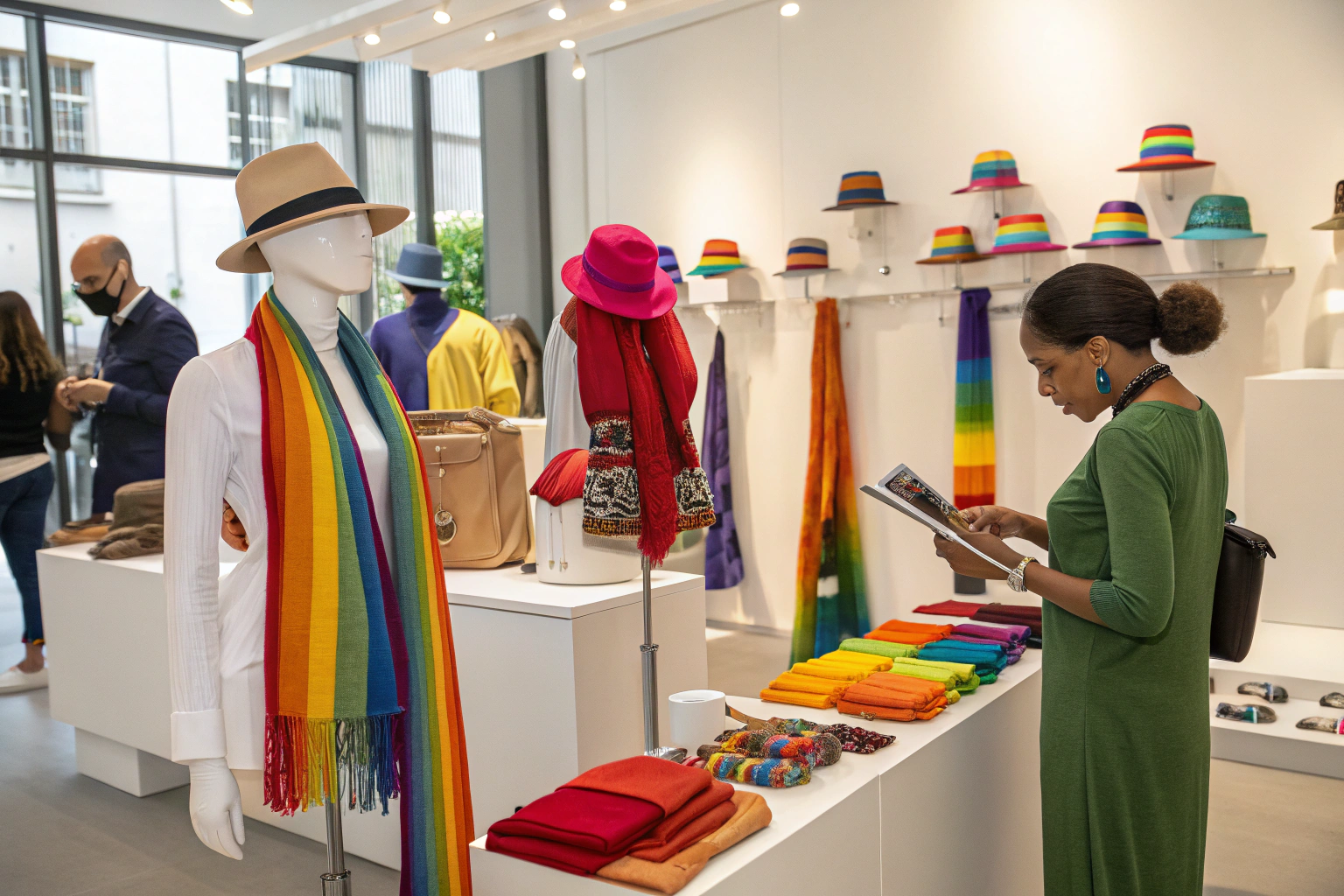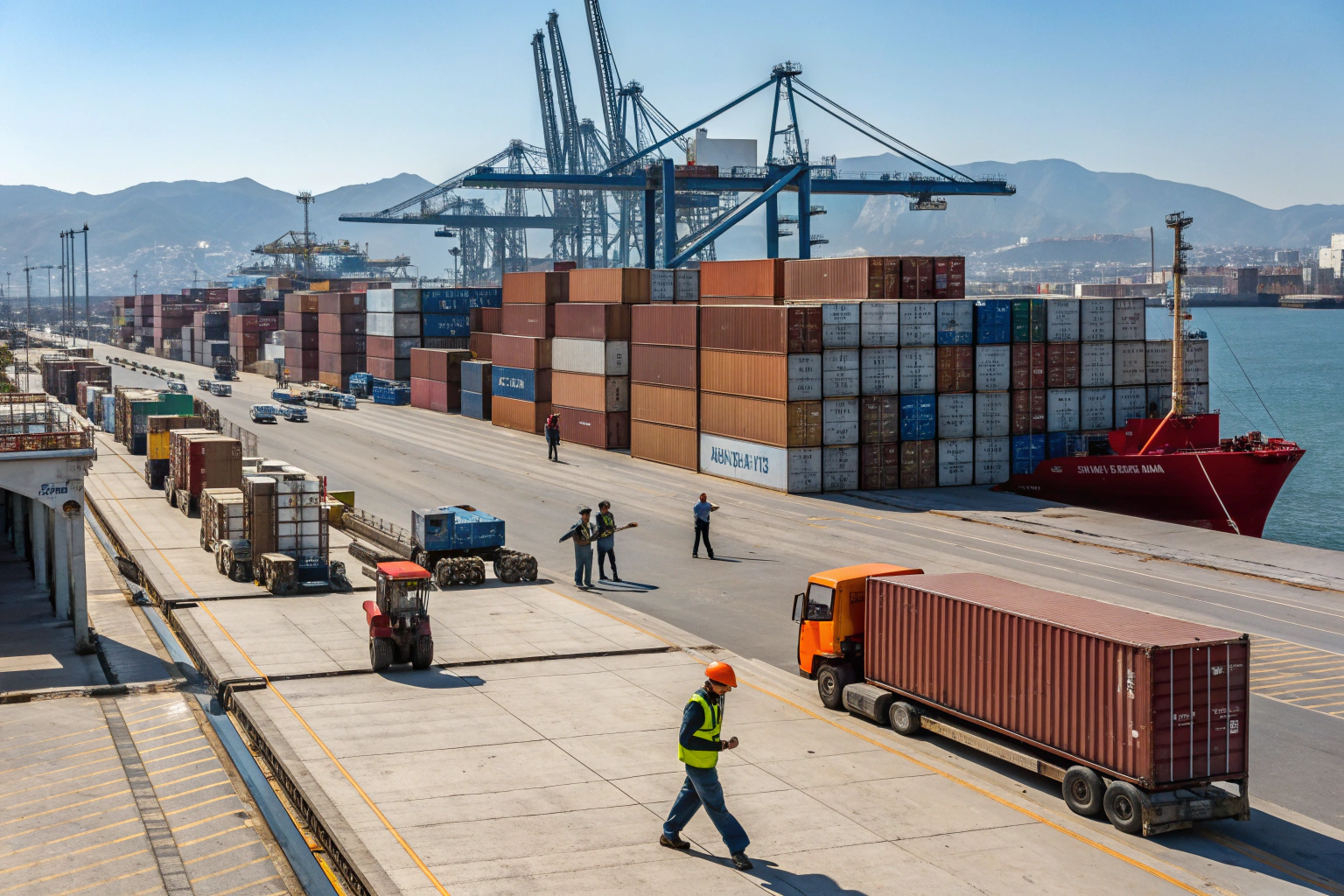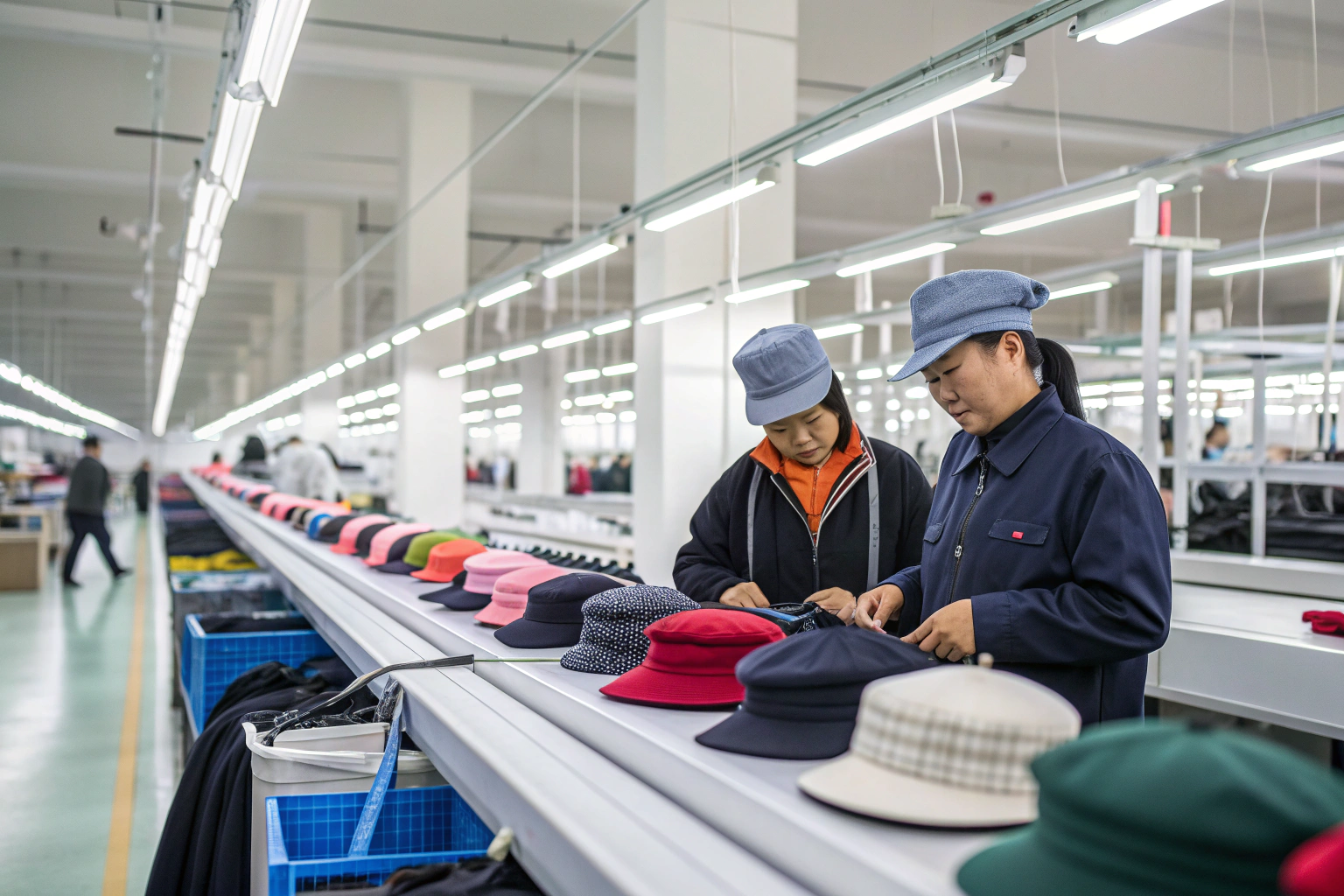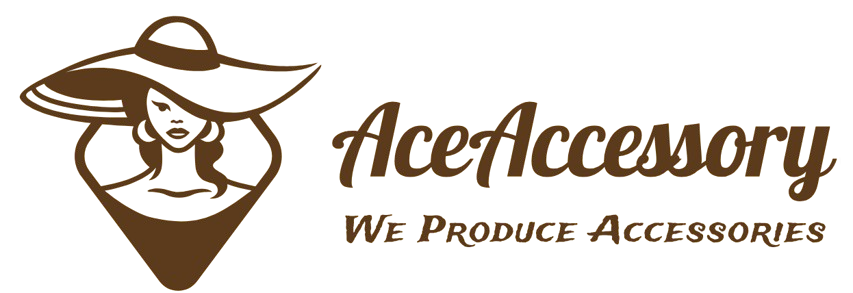You can’t see everything from a catalog. A beautiful scarf photo doesn’t show you the real factory, their work conditions, or quality consistency. That’s where a factory audit makes the difference.
Factory audits are crucial when sourcing scarves from China because they verify production capabilities, check compliance, confirm working conditions, and help buyers avoid fraud, delays, or substandard quality.
I’ve worked with dozens of international clients who require audits before they place their first order—and those who skipped it often regret it.
Why is factory audit important?
Not all factories are what they claim to be. Some don’t exist. Others can’t meet your standards. An audit gives you the truth before you commit.
Factory audits are important because they help buyers confirm whether a supplier is legitimate, compliant, capable of meeting production standards, and trustworthy to work with long-term.
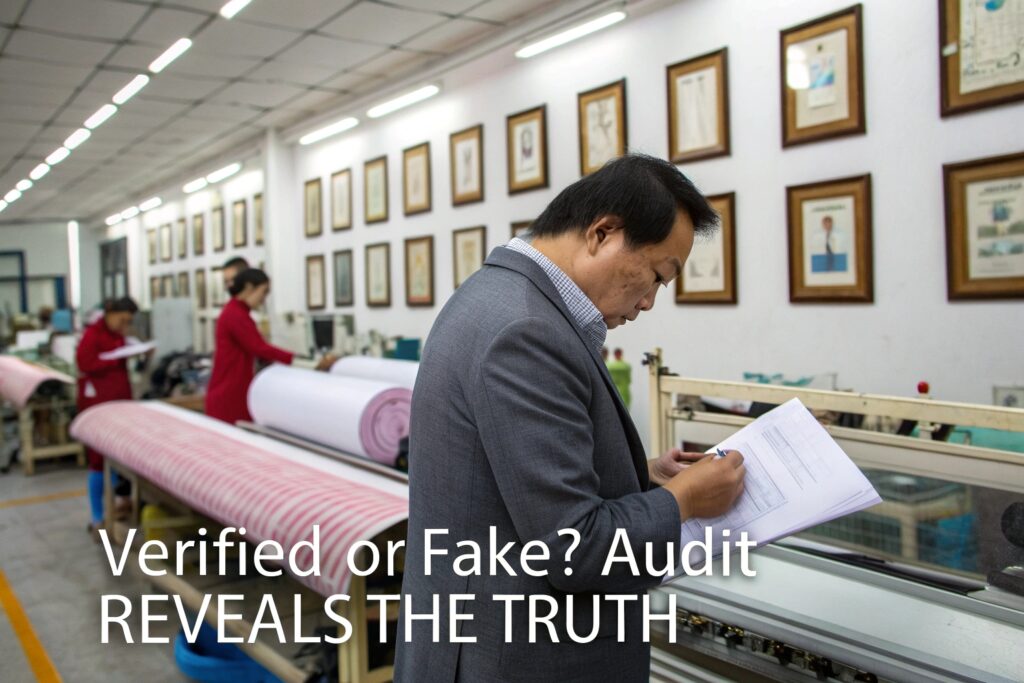
What does a factory audit actually check?
| Audit Area | What It Confirms |
|---|---|
| Legal Registration | Valid business license, tax ID, export rights |
| Facility & Equipment | Real factory location, machines, safety |
| Production Capacity | Daily/monthly output, workforce size |
| Quality Control System | In-house QC staff, inspection reports |
| Compliance & Ethics | Child labor, fire safety, working hours |
| Past Client Records | Experience with similar products and regions |
At AceAccessory, we regularly host onsite audits from European buyers. For one scarf client, the audit revealed that we could handle 30,000 pcs/month with full labeling, barcode, and carton packaging in under 25 days.
Buyers who conduct audits avoid costly surprises like:
- Outsourcing without permission
- Fake samples or stock photos
- Underpaid workers
- Unreliable delivery dates
Is audit mandatory in China?
You don’t have to audit—but you really should if you’re ordering custom or bulk items.
Factory audits are not mandatory in China, but they are highly recommended for importers who want to verify supplier credibility, ensure compliance, and avoid production risks.
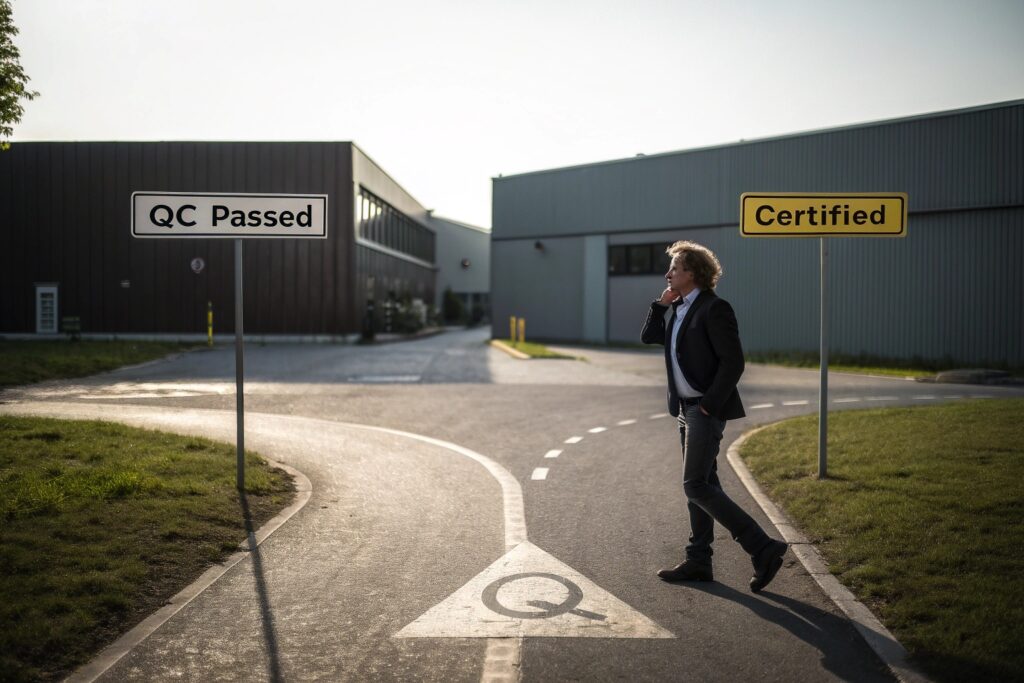
When should you do an audit?
| Situation | Audit Recommended? |
|---|---|
| New supplier, no history | ✅ Yes – before any payment |
| Large order or high-value items | ✅ Yes – verify capacity |
| Branded or compliance-sensitive goods | ✅ Yes – check certifications |
| Repeat supplier, proven record | ❌ Optional, but periodic audit useful |
| Working through a sourcing agent | ✅ Yes – to check real factory |
Some buyers use third-party audit firms like Intertek, SGS, or TÜV, while others ask us to provide:
- Factory walkthrough videos
- Certification scans
- Live video calls from the floor
Who pays for the audit?
Usually the buyer covers the audit cost ($300–$800 USD), especially if using third-party professionals. But in some cases, factories may cover or split the cost if it helps close a long-term deal.
What is the purpose of audit in manufacturing?
An audit isn’t just about catching problems—it’s about confirming a good fit between buyer and supplier.
The purpose of a manufacturing audit is to assess whether the supplier’s operations, quality control, labor policies, and safety systems align with the buyer’s requirements and legal obligations.
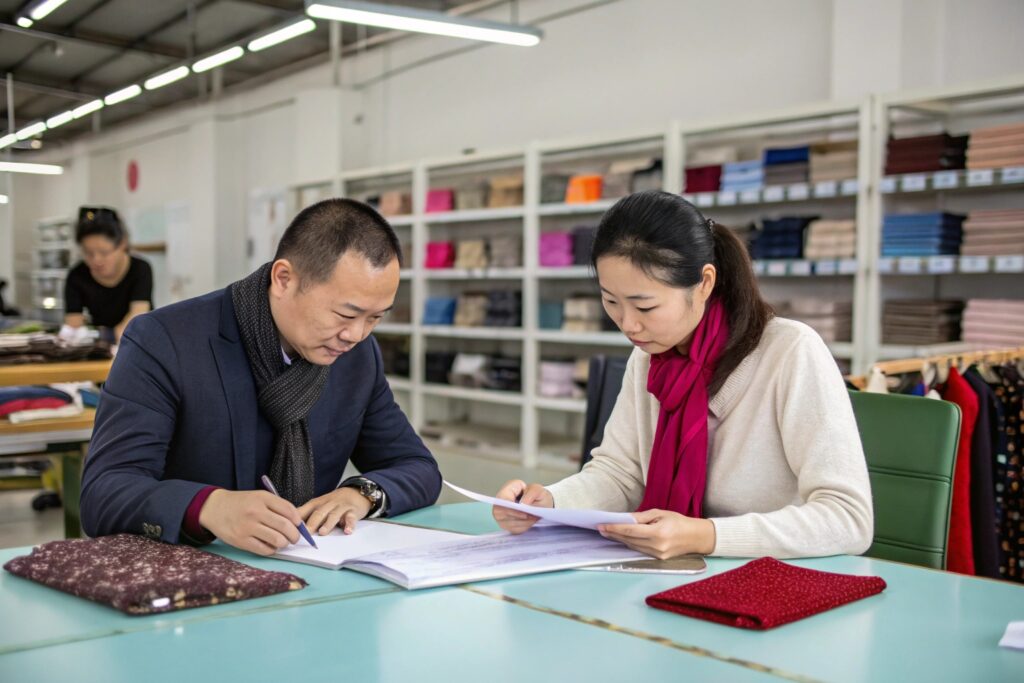
Types of audits relevant for scarf sourcing:
| Audit Type | Purpose |
|---|---|
| Quality System Audit | Reviews SOPs, AQL levels, defect control |
| Social Compliance Audit | Checks for child labor, working conditions, etc. |
| Environmental Audit | Waste disposal, dyeing compliance (esp. textiles) |
| Technical Audit | Verifies machine capability, precision, reliability |
| CTPAT (Security) Audit | For US importers needing anti-terror compliance |
At AceAccessory, we often receive requests for BSCI or SEDEX reports. These show that we meet ethical labor and environmental standards for EU importers.
We also maintain detailed production records, such as:
- Output logs per line
- QC defect tracking sheets
- Maintenance history for sewing/printing machines
When buyers ask for transparency, we don’t just show PowerPoints—we show the actual data.
How do you audit a factory?
A proper audit follows a checklist. Whether done in person or by a third party, each step must be systematic and documented.
To audit a factory, prepare an audit checklist based on your product needs, visit the factory (or send an auditor), inspect facilities, review documents, talk to staff, take photos, and score performance on critical areas.
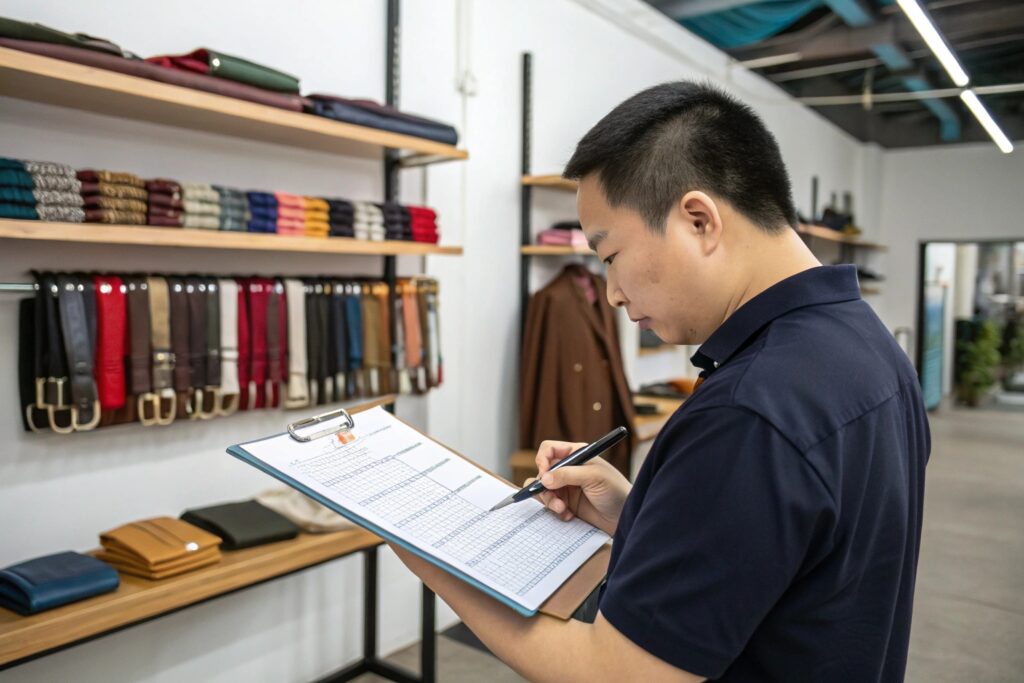
Step-by-step factory audit process:
-
Set audit goals
(e.g., quality compliance, production volume, ethical labor) -
Choose audit type
(in-house, third-party, virtual, or hybrid) -
Prepare checklist
(machine list, team structure, QC methods, certificates) -
Conduct walkthrough
(tour every area: raw materials, sewing, packing, warehouse) -
Interview staff
(especially QC team, production manager) -
Review documents
(licenses, SOPs, training records, certifications) -
Take photos/videos
(floor layout, safety signs, samples) -
Evaluate report
(score factory across each category) -
Decide next steps
(approve, request improvements, or decline)
We’ve had clients audit us through:
- Independent audit firms (SGS, BV)
- Sourcing agents with factory access
- Live Zoom calls (we walk with camera)
- Surprise visits by their Chinese office staff
Key audit documents you can request:
- Business license
- BSCI / SEDEX audit reports
- QC SOP documents
- Raw material test reports
- Photos of recent production orders
Conclusion
Factory audits aren’t a burden—they’re a safeguard. When sourcing scarves from China, auditing helps you verify who you’re working with, what they can produce, and how reliable they’ll be. That peace of mind is worth every minute.
